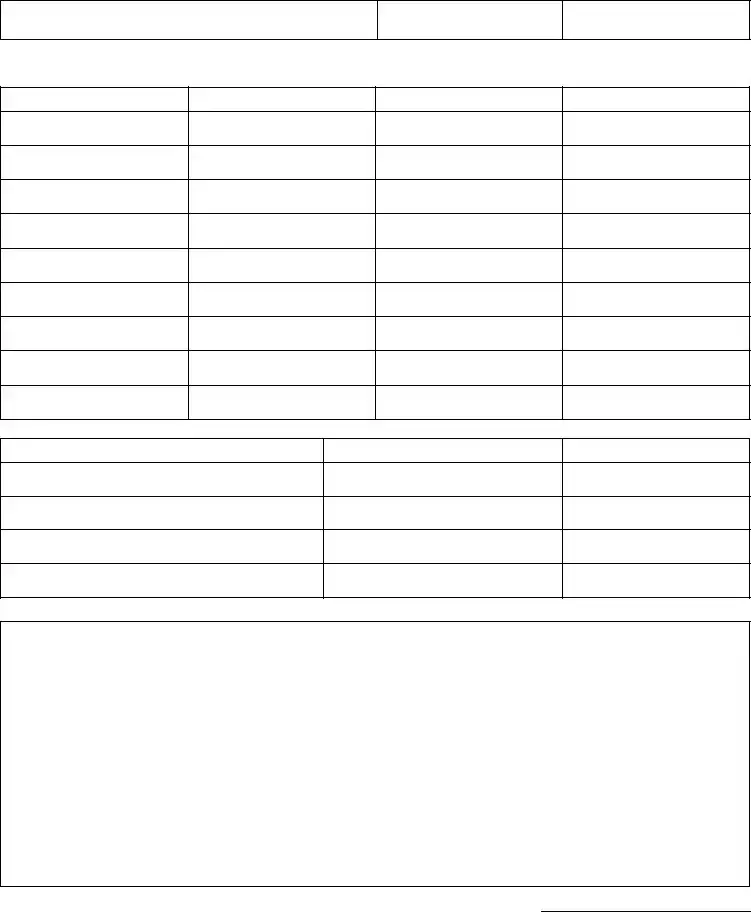What is Form 8584?
Form 8584 is a Comprehensive Nursing Assessment used by the Texas Department of Aging and Disability Services. It is designed to assess the health and functional status of individuals in need of care. This assessment is performed by a registered nurse and covers a wide range of health-related information.
Who completes Form 8584?
A registered nurse completes Form 8584. This professional is tasked with conducting a thorough review of the individual's health history, current medications, and other relevant factors impacting the person's care and well-being.
What information is required on Form 8584?
Form 8584 requires various types of information, including the individual’s medical history, recent changes in health status, allergies, current medications, and vital signs. It also assesses specific systems, such as neurological, cardiovascular, and sensory functions. Additionally, comments from the individual or their responsible adult may be included to highlight specific concerns.
Is a fall risk assessment included in Form 8584?
Yes, Form 8584 includes a fall risk assessment. The registered nurse will determine whether an assessment has been completed and will note any fall risks identified, such as neurological or musculoskeletal factors. This is crucial for ensuring the safety of the individual.
What happens if a medication is identified with side effects?
If any current medications are noted to have potential side effects, these are documented on Form 8584. It is important for the nurse to communicate these findings to relevant health care providers to address any concerns and adjust medications as necessary.
Can supplementary information be attached to Form 8584?
Yes, supplementary information such as lab results or additional assessments can be attached to Form 8584. This provides a more comprehensive view of the individual’s health status and is encouraged for ensuring thorough evaluations.
How often should Form 8584 be completed?
Form 8584 should be completed as needed, particularly when there are significant changes in the individual’s health condition or upon admission into a care facility. Regular updates may be required to ensure accurate and current health assessments.
What role does the Client Responsible Adult (CRA) play in the assessment?
The Client Responsible Adult (CRA) or legally authorized representative plays a crucial role in the assessment process. They provide valuable insights regarding the individual’s specific needs and concerns, ensuring that their perspective is incorporated into the overall evaluation.
Where can I access Form 8584?
Form 8584 can typically be accessed through the Texas Department of Aging and Disability Services website or obtained from health care providers involved in the care process. Ensure that you are using the most recent version to comply with current regulations and standards.
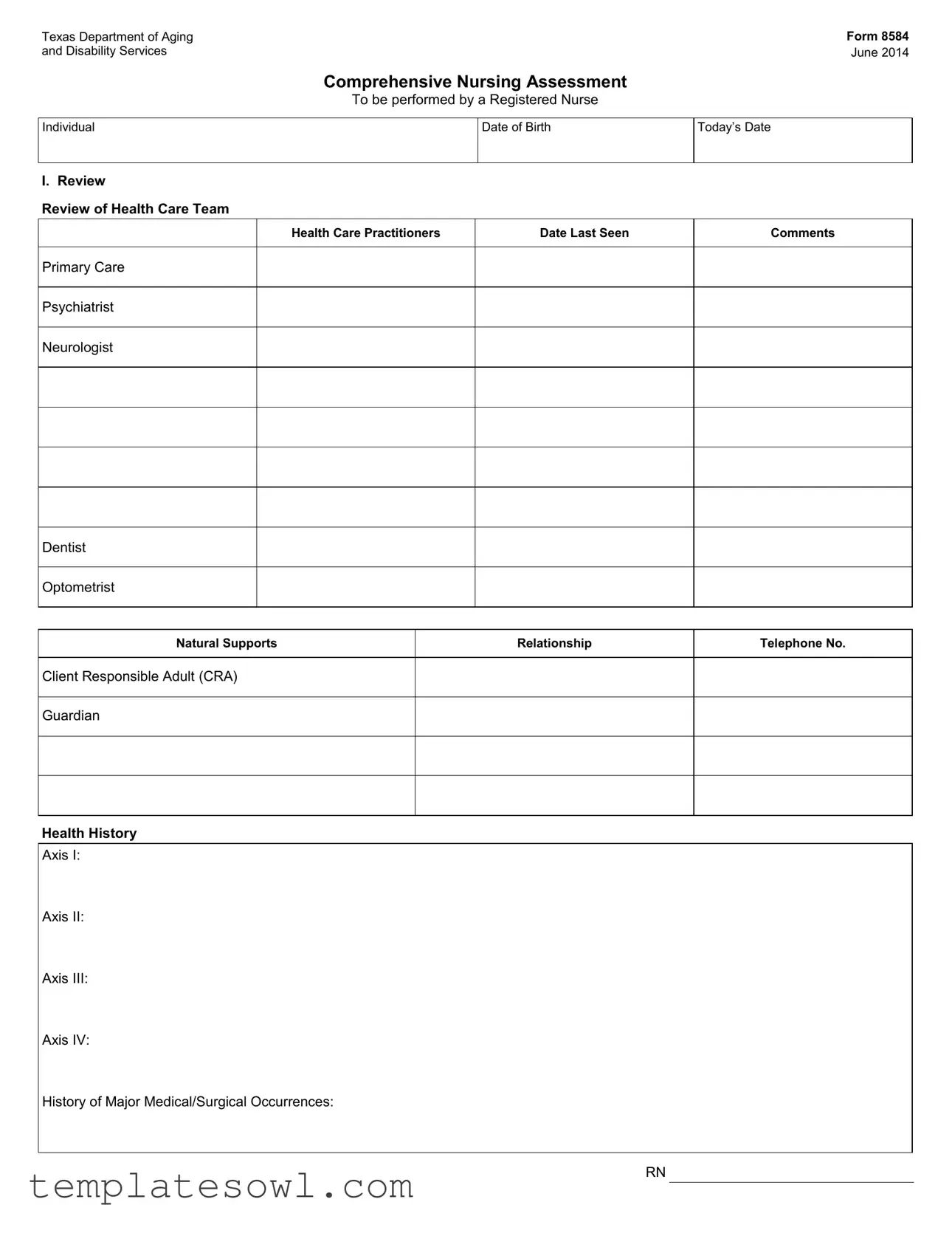
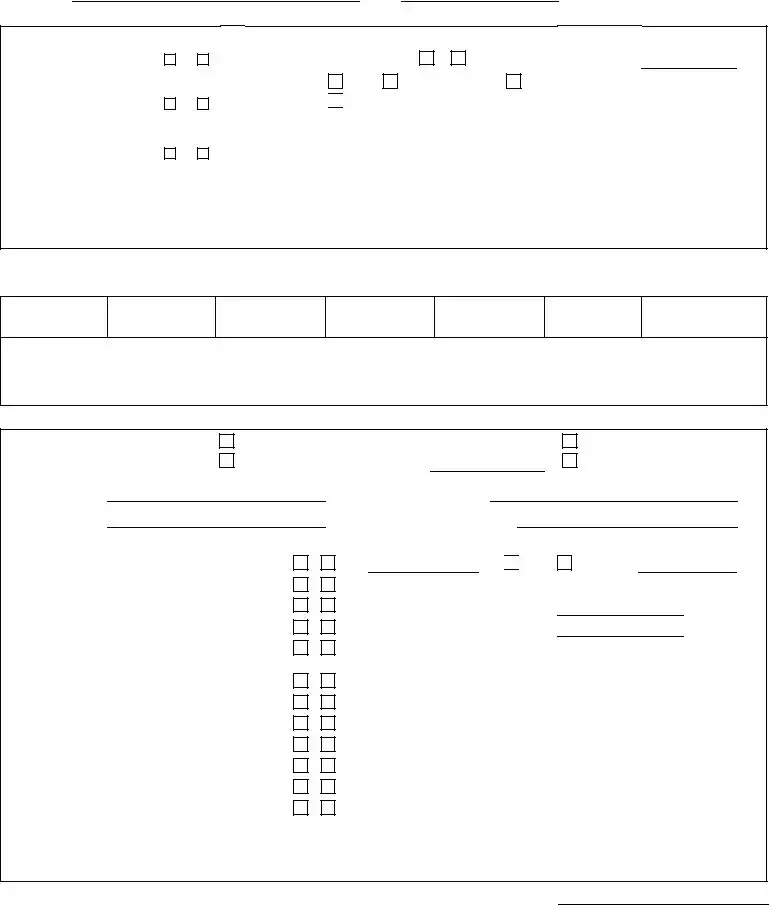
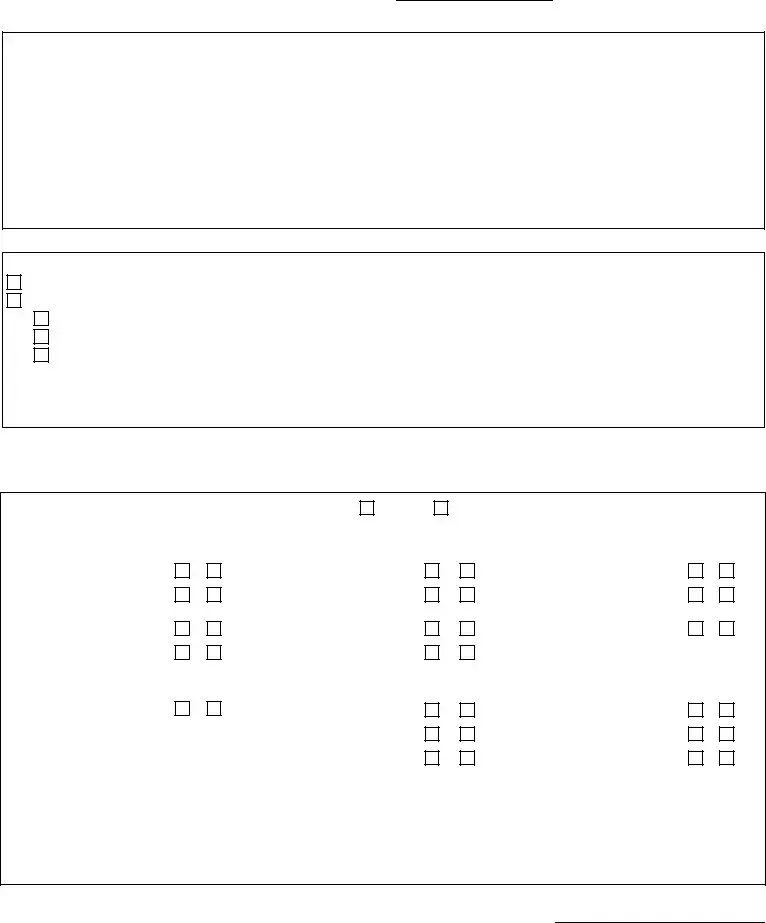
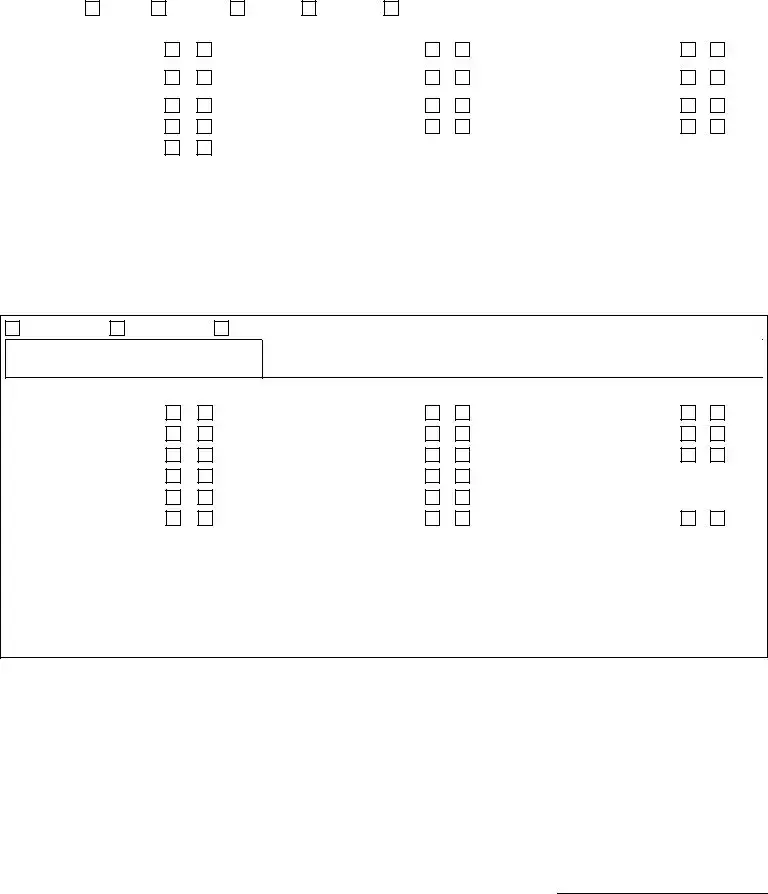
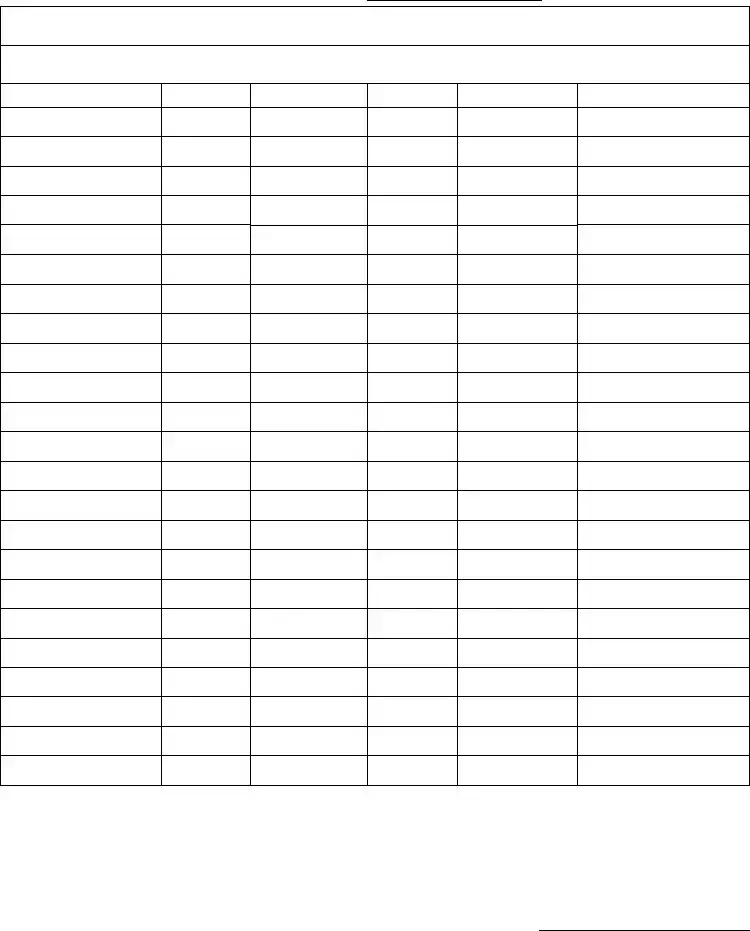
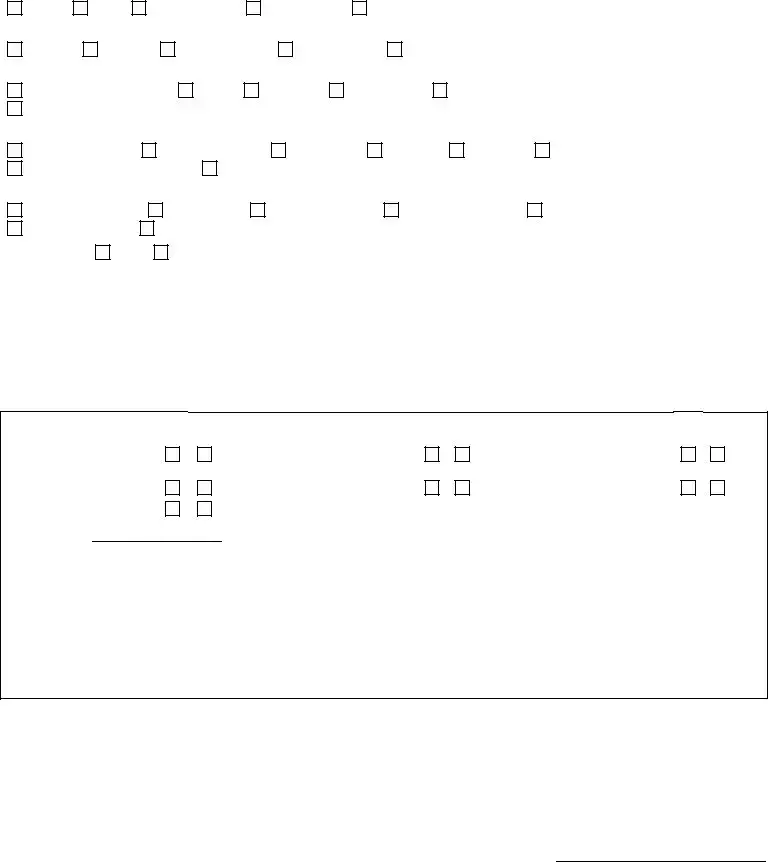
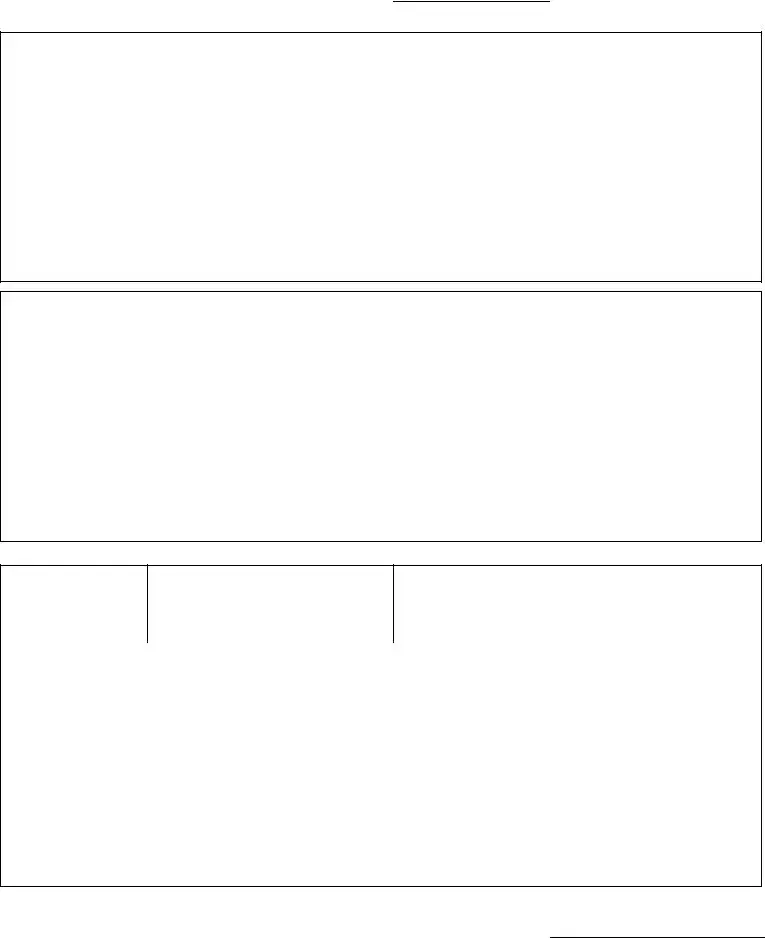
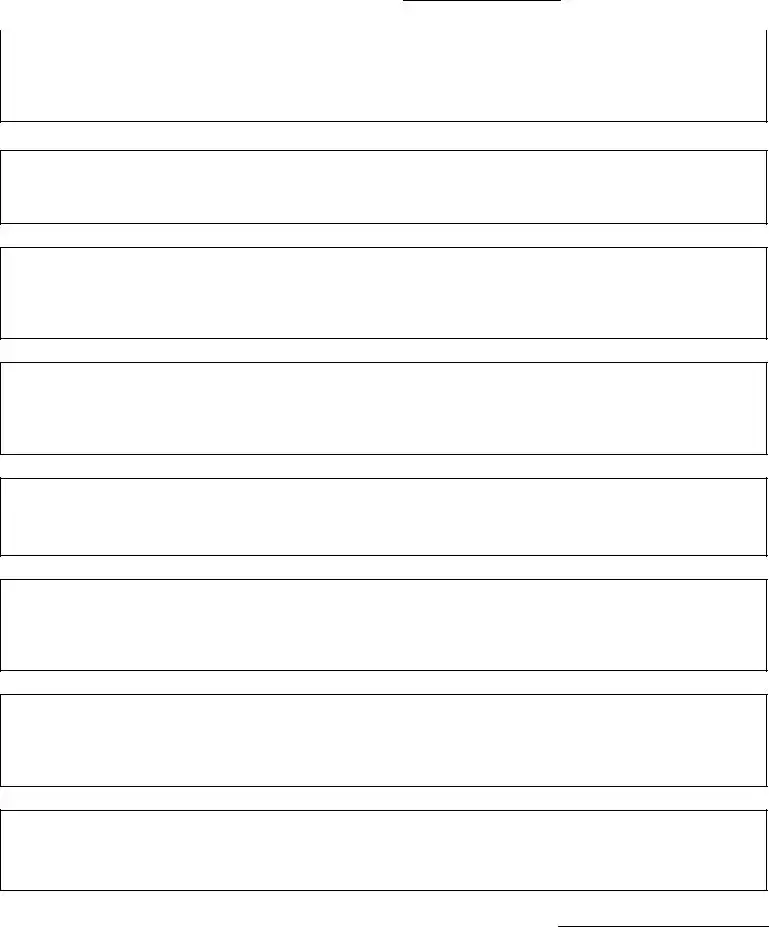
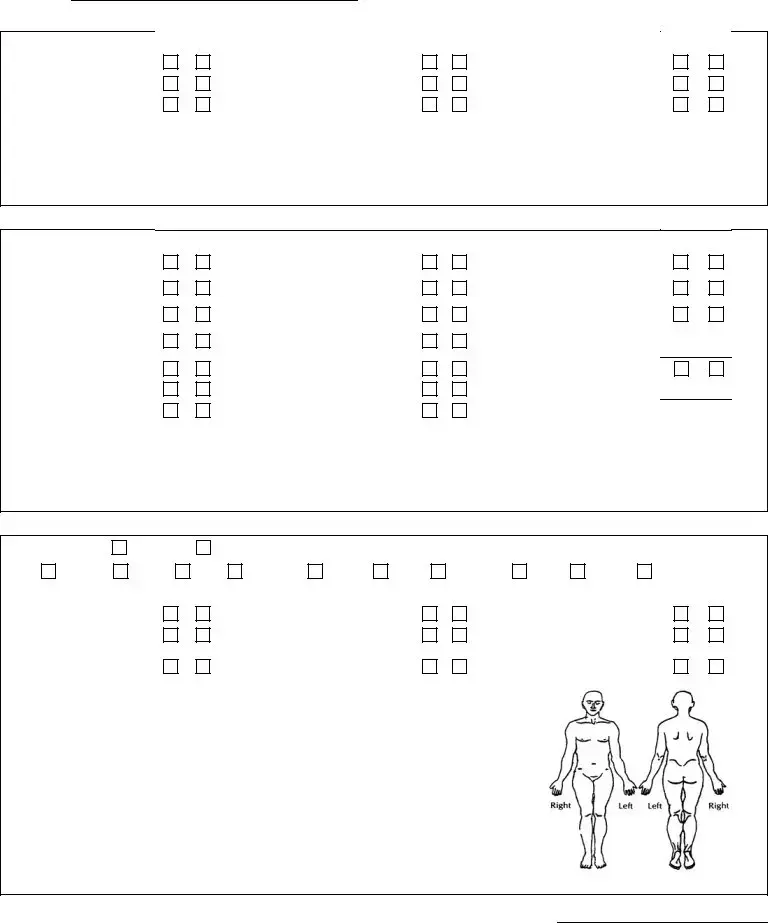

 Other injectable medication to manage diabetes Desired blood sugar range:
Other injectable medication to manage diabetes Desired blood sugar range:
 gain
gain
